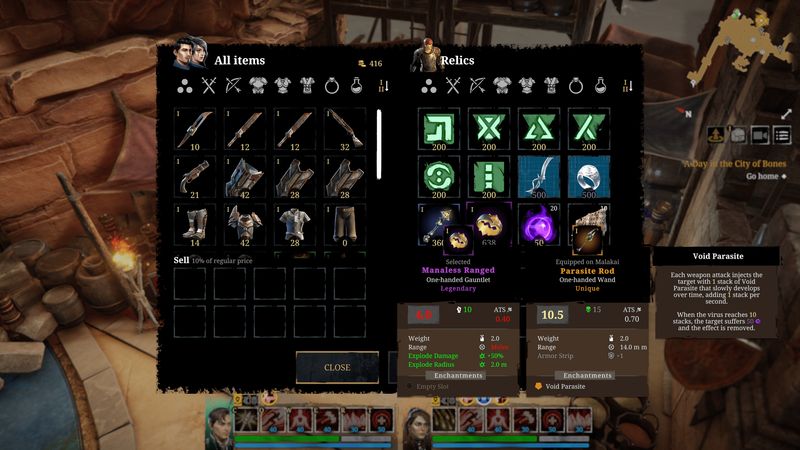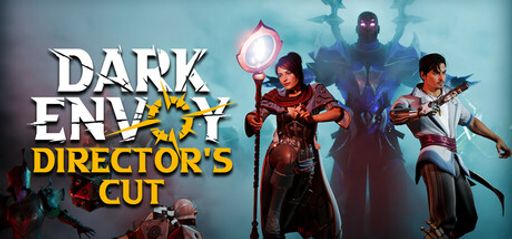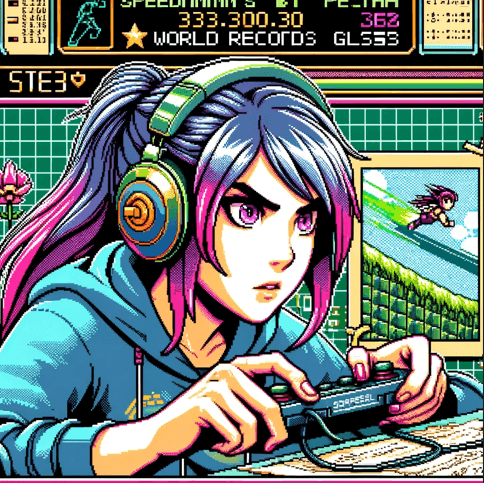 Dark Envoy by Event Horizon, published by the same studio, blends tactical slo-mo with guns and magic. I love the setup. Moreover, a top user said the music and story make the world pop. I weave setups to shred enemies fast; however, reinforcement waves sometimes break my runs. In addition, Event Horizon built this after Tower of Time on Unity.
Dark Envoy by Event Horizon, published by the same studio, blends tactical slo-mo with guns and magic. I love the setup. Moreover, a top user said the music and story make the world pop. I weave setups to shred enemies fast; however, reinforcement waves sometimes break my runs. In addition, Event Horizon built this after Tower of Time on Unity.
 Exploration thrives in its ruined cities and desert ruins. Furthermore, the environment hides cool relics everywhere. One player spent 100+ hours making builds. However, crashes slow exploration though. Patches arrive often; nonetheless, stability still lags. Meanwhile, Event Horizon started indie with Tower of Time and loves world-heavy design.
Exploration thrives in its ruined cities and desert ruins. Furthermore, the environment hides cool relics everywhere. One player spent 100+ hours making builds. However, crashes slow exploration though. Patches arrive often; nonetheless, stability still lags. Meanwhile, Event Horizon started indie with Tower of Time and loves world-heavy design.
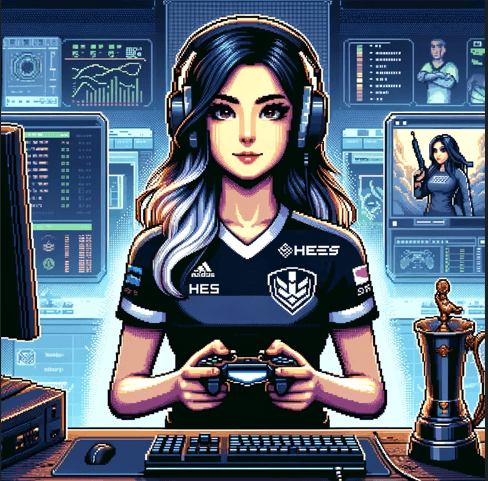 Combat requires precise timing and class synergies. For example, I test specs across four classes and twelve specializations. The tiered loot system sometimes forces worse gear swaps. That frustrates theory crafters. In fact, I read Event Horizon designed five difficulty levels so veterans break the system at max.
Combat requires precise timing and class synergies. For example, I test specs across four classes and twelve specializations. The tiered loot system sometimes forces worse gear swaps. That frustrates theory crafters. In fact, I read Event Horizon designed five difficulty levels so veterans break the system at max.
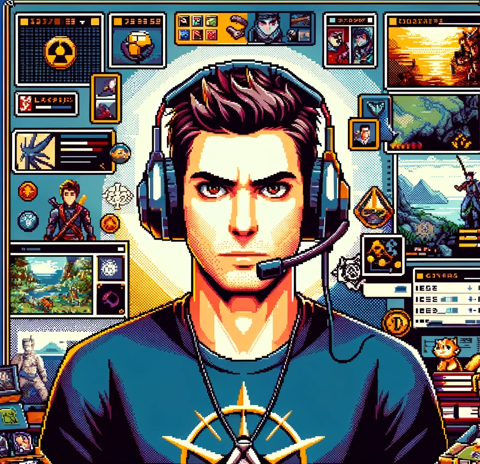 Side quests and relic hunts keep me busy. Moreover, the skill trees reward deep exploration. Achievements track each hidden cave and lore entry. I love that choices shape the story and ending. Consequently, I read interviews saying developers wanted true choice impact. That hooks me.
Side quests and relic hunts keep me busy. Moreover, the skill trees reward deep exploration. Achievements track each hidden cave and lore entry. I love that choices shape the story and ending. Consequently, I read interviews saying developers wanted true choice impact. That hooks me.
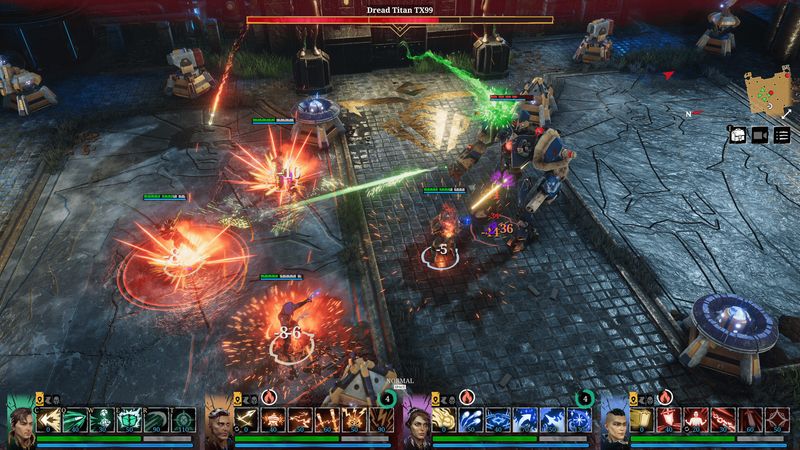
 Cover and slo-mo mechanics feel flexible. You can tag enemies and switch shooters fast. Similarly, it reminds me of Shadowrun Returns but with modern guns. Therefore, that combo pushes cRPG in new directions.
Cover and slo-mo mechanics feel flexible. You can tag enemies and switch shooters fast. Similarly, it reminds me of Shadowrun Returns but with modern guns. Therefore, that combo pushes cRPG in new directions.
 Speed tricks sharpen my runs. As a result, timing slo-mo triggers cuts minutes off boss fights. I also drop mines to funnel mobs in speed runs. Those tricks, in turn, give me edge.
Speed tricks sharpen my runs. As a result, timing slo-mo triggers cuts minutes off boss fights. I also drop mines to funnel mobs in speed runs. Those tricks, in turn, give me edge.
 Narrative depth flows through a war-torn world battling magic tech. Developers host lore logs in codex entries. Furthermore, that depth rivals Baldur’s Gate lore. Plot twists in Act II hit hard. On the other hand, the companions feel real with moral grey choices.
Narrative depth flows through a war-torn world battling magic tech. Developers host lore logs in codex entries. Furthermore, that depth rivals Baldur’s Gate lore. Plot twists in Act II hit hard. On the other hand, the companions feel real with moral grey choices.
 Dialogue and codex reading enhance immersion. Likewise, I love how each choice changes companion loyalty. The story pacing keeps me questing and exploring. In fact, I hear developers traced story paths based on player feedback.
Dialogue and codex reading enhance immersion. Likewise, I love how each choice changes companion loyalty. The story pacing keeps me questing and exploring. In fact, I hear developers traced story paths based on player feedback.

 Visuals shine through Unity’s HDR lighting. Moreover, the color palette shifts between gritty browns and glowing magic. It evokes classic 90s cRPGs with modern flair. On mid-range GPUs, it holds steady 60fps.
Visuals shine through Unity’s HDR lighting. Moreover, the color palette shifts between gritty browns and glowing magic. It evokes classic 90s cRPGs with modern flair. On mid-range GPUs, it holds steady 60fps.
 Art direction stands out in relics and ruins. In addition, animations flow in slo-mo combat. Each specialization glows uniquely in battle. Similarly, I note shaders vary per environment, boosting immersion.
Art direction stands out in relics and ruins. In addition, animations flow in slo-mo combat. Each specialization glows uniquely in battle. Similarly, I note shaders vary per environment, boosting immersion.
 Music energizes the experience. For example, track “Techno Arcane” pumps me up. Sound cues alert me to reinforcements. That helps plan speed strategies.
Music energizes the experience. For example, track “Techno Arcane” pumps me up. Sound cues alert me to reinforcements. That helps plan speed strategies.
 Audio design extends to ambient chants in desert levels. Furthermore, sidequests drop music surprises. Voice lines sometimes stutter when crashes happen. Overall, the audio team nailed tension and mood.
Audio design extends to ambient chants in desert levels. Furthermore, sidequests drop music surprises. Voice lines sometimes stutter when crashes happen. Overall, the audio team nailed tension and mood.
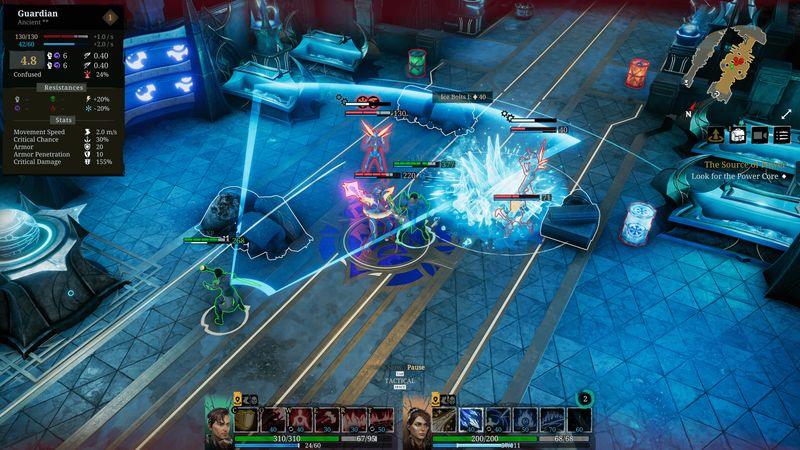
 Characters come alive with backstories and flaws. Moreover, I track their loyalty and romance hooks. The group feels diverse across race and background. I like how choices, therefore, test their bonds.
Characters come alive with backstories and flaws. Moreover, I track their loyalty and romance hooks. The group feels diverse across race and background. I like how choices, therefore, test their bonds.
 Co-op shines with synergy. For instance, my favorite is the Arcane Marksman build. That class combo pulls from gunslinger and mage roots. I preserve gear builds based on character growth.
Co-op shines with synergy. For instance, my favorite is the Arcane Marksman build. That class combo pulls from gunslinger and mage roots. I preserve gear builds based on character growth.
 Difficulty scales widely. That level, nonetheless, teases hardcore grinders. Lower modes, on the other hand, suit casual cRPG fans. I see players struggle on sudden enemy waves.
Difficulty scales widely. That level, nonetheless, teases hardcore grinders. Lower modes, on the other hand, suit casual cRPG fans. I see players struggle on sudden enemy waves.
 Speedruns benefit from medium difficulty. Consequently, fast kills skip puzzles without hitting brutal spikes. That curve, therefore, fits my runs. However, I note a few bosses need specific builds to clear fast.
Speedruns benefit from medium difficulty. Consequently, fast kills skip puzzles without hitting brutal spikes. That curve, therefore, fits my runs. However, I note a few bosses need specific builds to clear fast.
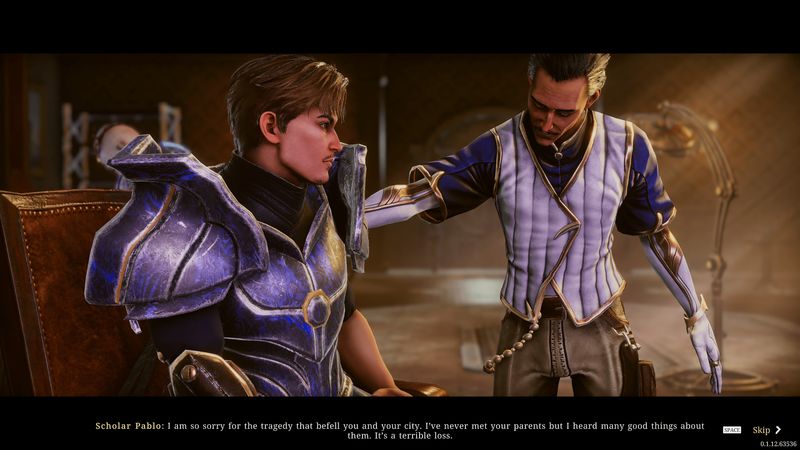
 Replayability thrives in branching endings. Moreover, I unlock every achievement across all classes. Collecting all relics took me 120 hours. In addition, the codex entries add huge replay fuel.
Replayability thrives in branching endings. Moreover, I unlock every achievement across all classes. Collecting all relics took me 120 hours. In addition, the codex entries add huge replay fuel.
 Secrets surface on second runs. That loot changes builds dramatically. For example, I compare it to Divinity: Original Sin for replay loops. It stands strong today.
Secrets surface on second runs. That loot changes builds dramatically. For example, I compare it to Divinity: Original Sin for replay loops. It stands strong today.
 Dark Envoy shines in tactical speed and fresh combat combos. Its waves can frustrate; nonetheless, speed players will adapt.
Dark Envoy shines in tactical speed and fresh combat combos. Its waves can frustrate; nonetheless, speed players will adapt.
 Indie roots remain visible in Event Horizon’s growth. It may stumble on crash stability; however, its world and lore reward patience.
Indie roots remain visible in Event Horizon’s growth. It may stumble on crash stability; however, its world and lore reward patience.
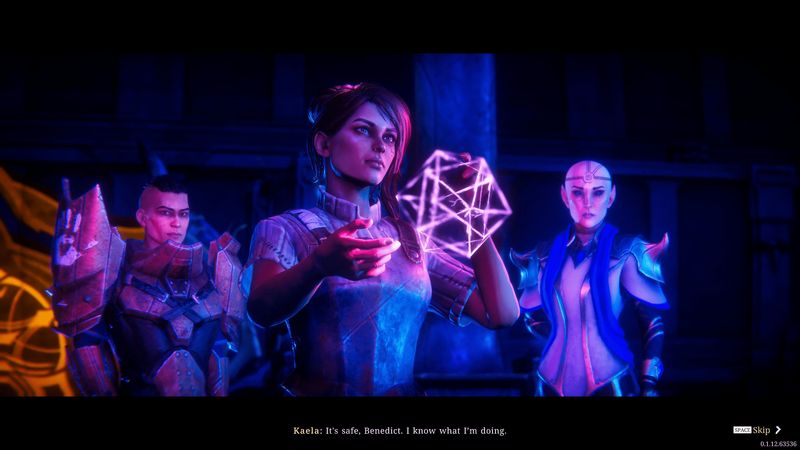
 Fans of deep systems and 100 percenters will eat this up. Moreover, it grants hours of exploration and build variety.
Fans of deep systems and 100 percenters will eat this up. Moreover, it grants hours of exploration and build variety.
 Complex mechanics and challenging setups await hardcore gamers. Therefore, its modern combat with magic tech marks a bold step.
Complex mechanics and challenging setups await hardcore gamers. Therefore, its modern combat with magic tech marks a bold step.

 If you enjoyed Dark Envoy, several similar RPGs offer equally deep experiences. For example, Divinity: Original Sin 2 delivers flexible combat, co-op builds, and branching storylines, while Baldur’s Gate 3 combines rich narrative with tactical battles and vast role-play options. In addition, for fans of exploration, Pillars of Eternity II: Deadfire adds ship travel, deep lore, and party customization. Meanwhile, Shadowrun: Dragonfall merges cyberpunk and magic in a tight tactical campaign, and Wasteland 3 provides post-apocalyptic strategy with impactful choices and diverse character builds.
If you enjoyed Dark Envoy, several similar RPGs offer equally deep experiences. For example, Divinity: Original Sin 2 delivers flexible combat, co-op builds, and branching storylines, while Baldur’s Gate 3 combines rich narrative with tactical battles and vast role-play options. In addition, for fans of exploration, Pillars of Eternity II: Deadfire adds ship travel, deep lore, and party customization. Meanwhile, Shadowrun: Dragonfall merges cyberpunk and magic in a tight tactical campaign, and Wasteland 3 provides post-apocalyptic strategy with impactful choices and diverse character builds.
